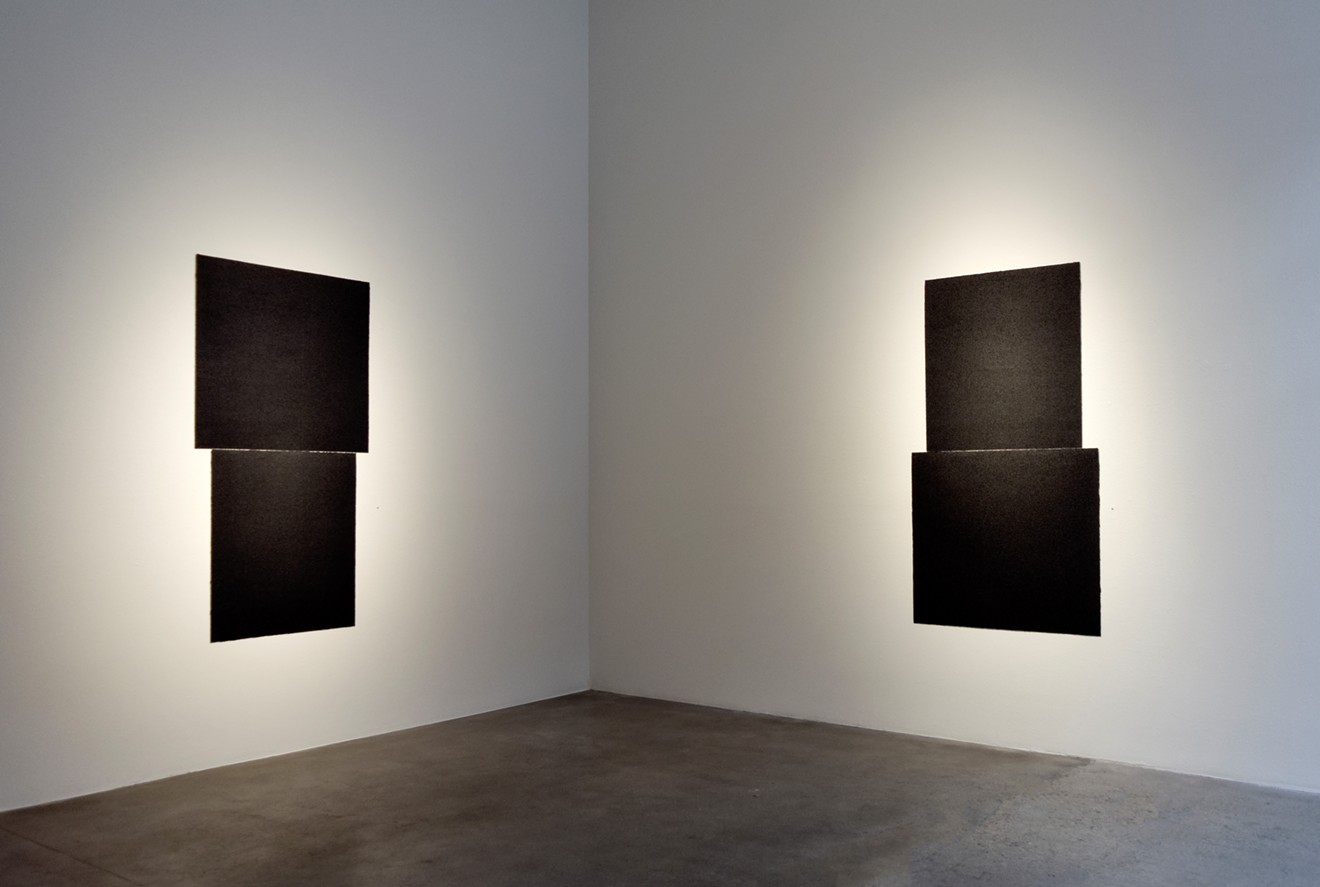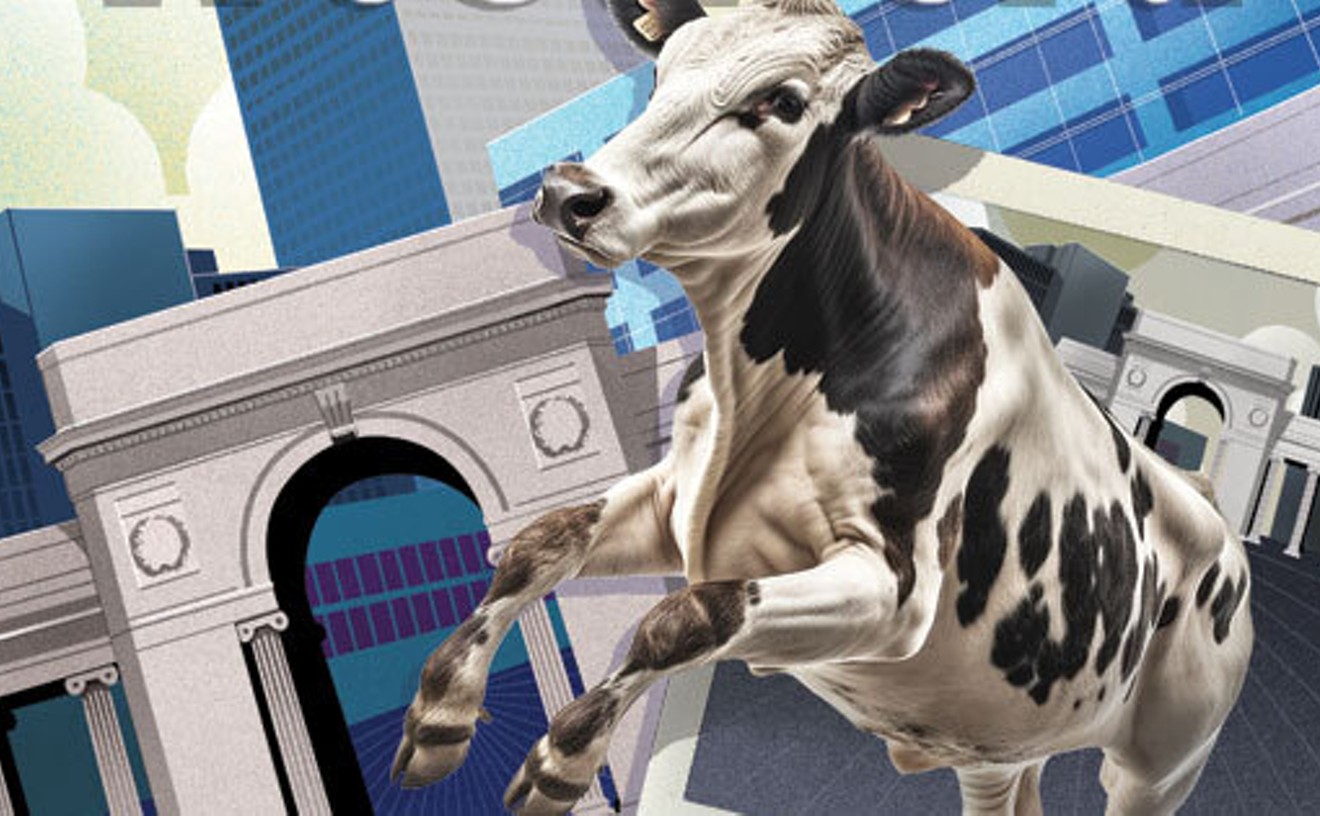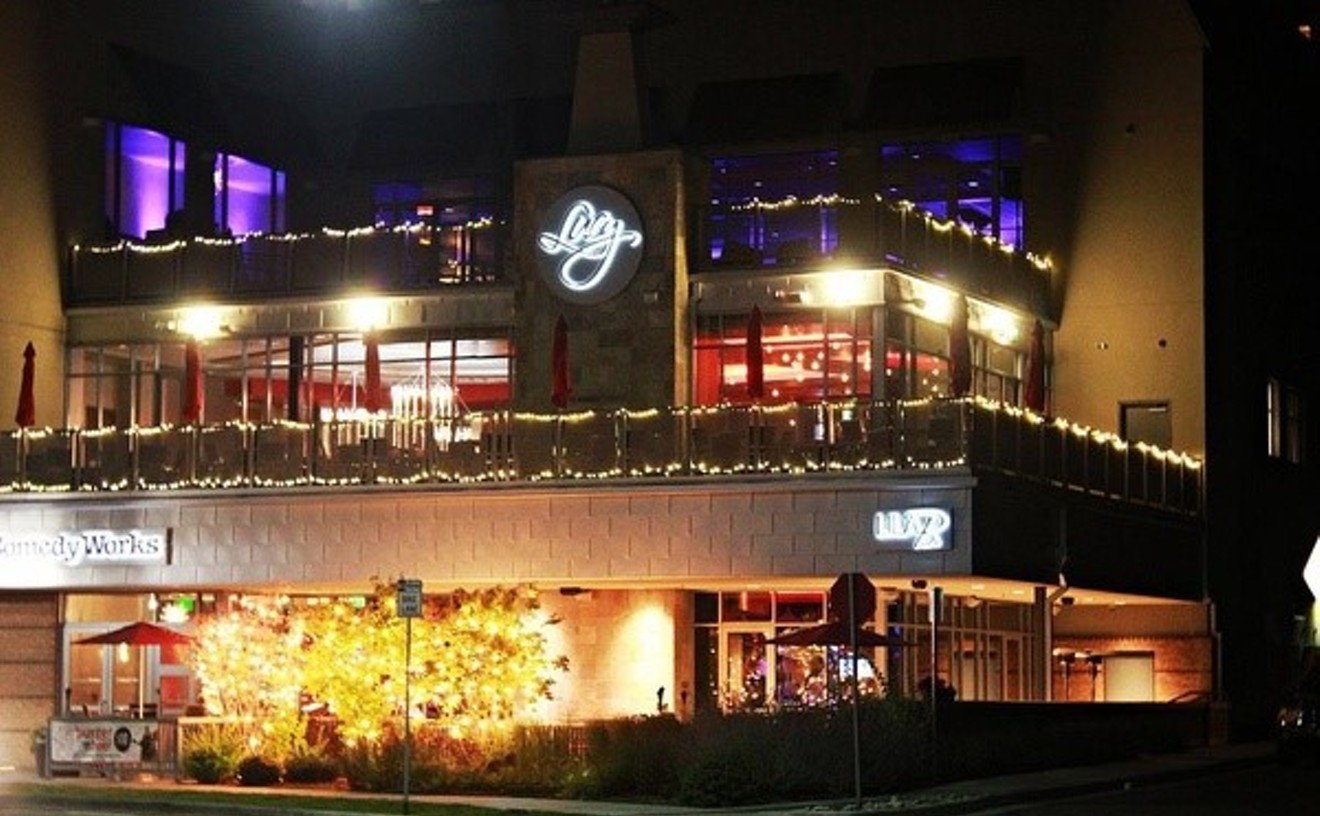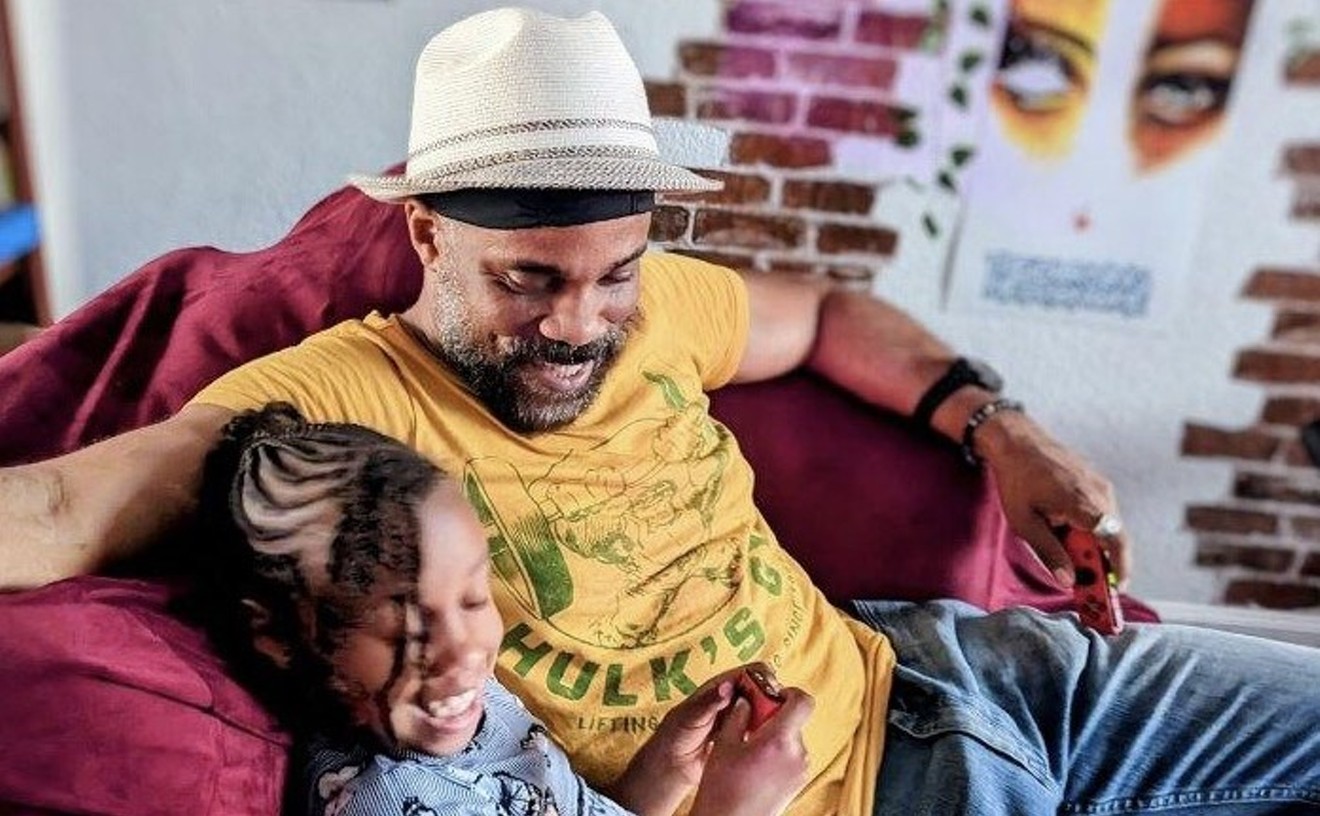Taking over the main front gallery is the stunningly austere Richard Serra, composed of fanatically simple prints that nonetheless convey the artist's obsession with monumentality expressed through weight, the signature move of his well-known oeuvre. Richard Serra is the rare example of someone whose work was ensconced in the history of art from a half-century ago and is still making art that’s credibly contemporary right now. He was part of a generation of minimalist and conceptual artists who emerged in the late 1960s and early ’70s, a group that includes Carl Andre, Donald Judd and Robert Smithson. His first mature pieces involved propping heavy sheets of lead against one another to form structures held together by gravity alone. He would later switch to steel. His understanding of how metal behaved was partly the product of his undergraduate and graduate work at Yale University, but also came from his experience working in a steel mill as a young man. Within a very short time, Serra's pieces were in the collections of the greatest museums around the globe.
Fast-forward to the present, and Serra has made art news all over again this season with his emphatic inclusion in the much-talked-about reinstallation of the Museum of Modern Art in New York. Filling a large gallery on the second floor is “Equal,” an installation of eight elements. Each of these elements takes the form of two rectangular solids, one stacked on top of the other, and together rising eleven feet tall. The stacked solids are made of forged steel, and each weighs forty tons. Their surfaces are elegantly scruffy, but Serra is more interested in conveying a sense of weightiness than in the actual appearance of solids. Essentially, the simple shapes communicate heftiness, but spiritual gravity is also derived from their forms, placement, relationship to viewers, and the spatial concepts underlying them. Translating these same ideas into his works on paper, where surface is all there is, Serra is still able to capture the idea of a heavy weight. That's really no surprise, though, since these prints at Robischon were conceived in dialogue with the MoMA installation and are part of the same “Equal” series.
Each of the Serras here is technically a diptych in which two panels are paired vertically. The panels have been covered edge to edge in a rich black field with a pebbly surface; the field has been carried out using Paintstik and silica on handmade paper. Though the panels are the same size, the final pairings differ in size, depending on the orientation of the sheets on the wall and their relationships to one another. The paper is hung directly on the wall with no framing, just a hidden magnetic armature behind it. Because the black fields are lying flat against the white walls, the entire space becomes part of the composition. As a result, the “Equal” prints at Robischon collectively create a contemplative mood in the gallery, almost like the atmosphere of a chapel. But when you closely examine the prints, their emphatic simplicity is effectively moderated by the complexity of the embedded silica particles apparent in the pigments. They look great from a distance, and also hold up to close scrutiny. It’s amazing how much Serra can get out of such a modest gesture.
After the quasi-religious experience of the very dark Serra show, the eye-popping colors in the other Robischon displays are a welcome respite. In the adjacent galleries is the solo Don Voisine, with geometric abstractions in oil on panel. The artist, who lives and works in New York, has long been interested in architecture, and translates buildings, or at least rooms, into hard-edged compositions. Initially, these simple compositions of straight lines suggest rudimentary puzzles of perfectly flat shapes pushed together, but as you look closer, the formal arrangements introduce the illusion of depth in the way that the colors overlap one another. Also undercutting the flatness are the barely visible brush marks in the color fields.
Voisine uses limited palettes of just a few colors in each painting; along with his unassuming formal arrangements, this lends them a graphic, iconic quality, with all the straight lines coming together smoothly into a coherent image. As I was thinking about the paintings and the way Voisine plays with symmetry through asymmetry, I realized that there’s a hidden structure underlying the work. This is easy to see in “List,” in which the overlapping black field in the center runs to the left diagonal at the top, throwing it out of balance. But Voisine ingeniously brings it all back in check by placing two-tone blue bars on either side, reintroducing the suggestion of symmetry.

Installation view of Stephen Westfall, with "After Sunrise" (left) and "Reclining Harlequin."
courtesy Robischon Gallery
In his large-ish pieces at Robischon, Westfall is deconstructing and reconstructing patterns, all variations of the diamond or harlequin pattern. They're only partially laid out, and the repeated shapes don’t quite come together the way they should, with gaps and misses here and there. Some include passages in which a recessive white ground replaces specific elements of the patterns, invoking the idea that the colored grid is lying on top of this ground, floating just above the picture plane defined by the light-colored background. These purposeful glitches in the paintings force the viewer to mentally complete and correct the patterns with their own imaginations. Westfall is tweaking the modernist vocabulary of the repeated pattern by violating its inherent rules, thereby giving his work a postmodern gloss.
As something of a chaser to these solos, Robischon is also presenting a small duet, Kate Petley & Derrick Velasquez, in the viewing room beyond the main space. Kate Petley and Derrick Velasquez are both well-known Colorado artists, and their work relates to the overriding theme of the Robischon solos. Petley’s hybrid digital print and painting method is concerned with a planar conception of depth expressed through colliding color fields. And, oh, what incredible colors they are, with Petley bravely juxtaposing daring Day-Glo shades with the quietest neutrals imaginable and pulling it off.
The Petleys hang across from a trio of Velasquez’s signature bas-relief sculptures. Starting with a wooden spoke attached directly to the wall, strips of vinyl are piled up in precisely cut stacks, each supported only by that single wall-mounted spoke. Gravity determines the specific shape the draped vinyl will take.
These are museum-worthy displays that make Robischon a must-stop this holiday season.
Serra, Voisine, Westfall and Petley & Velasquez, through January 18, Robischon Gallery, 1740 Wazee Street, 303-298-7788, robischongallery.com.














